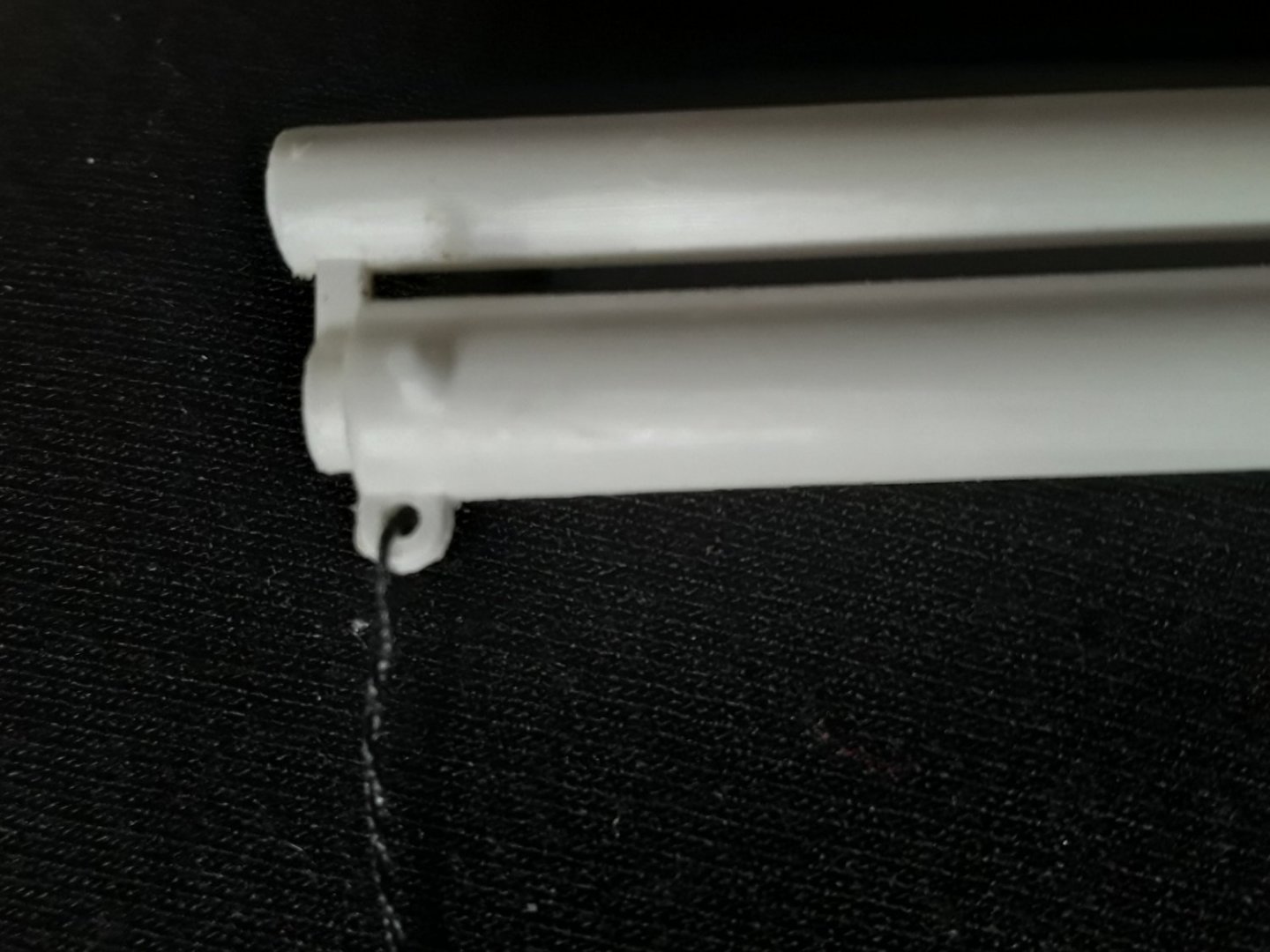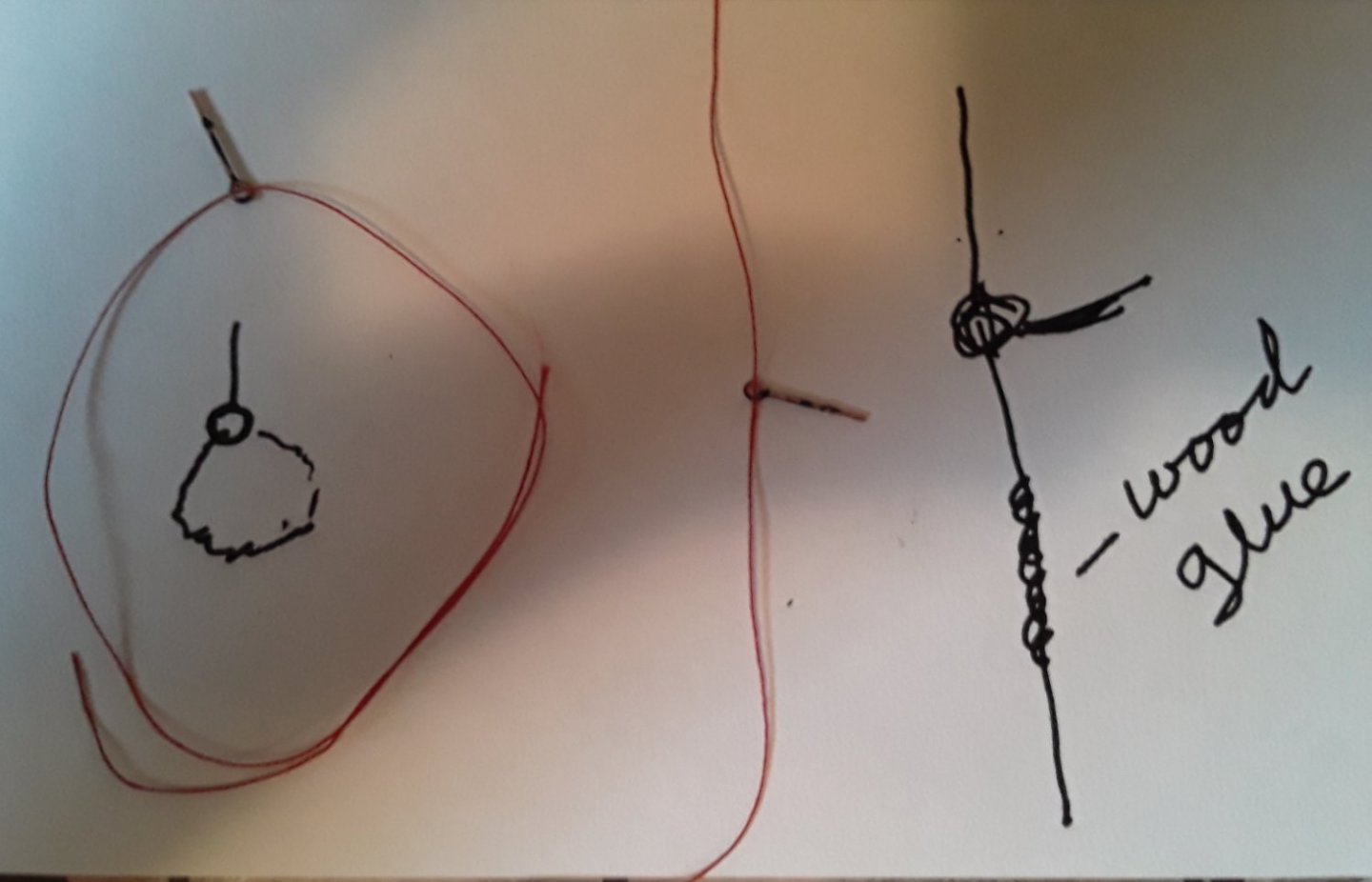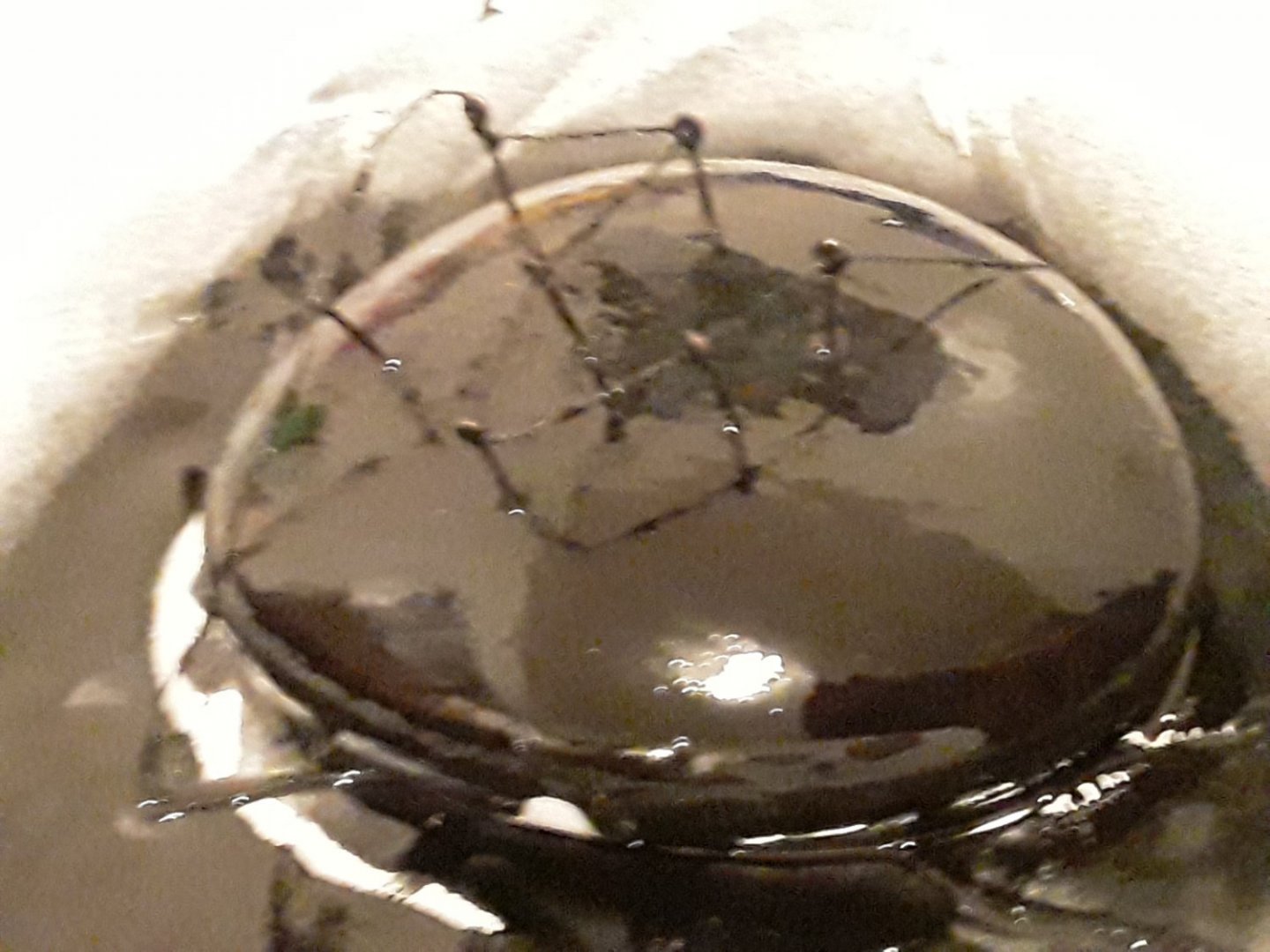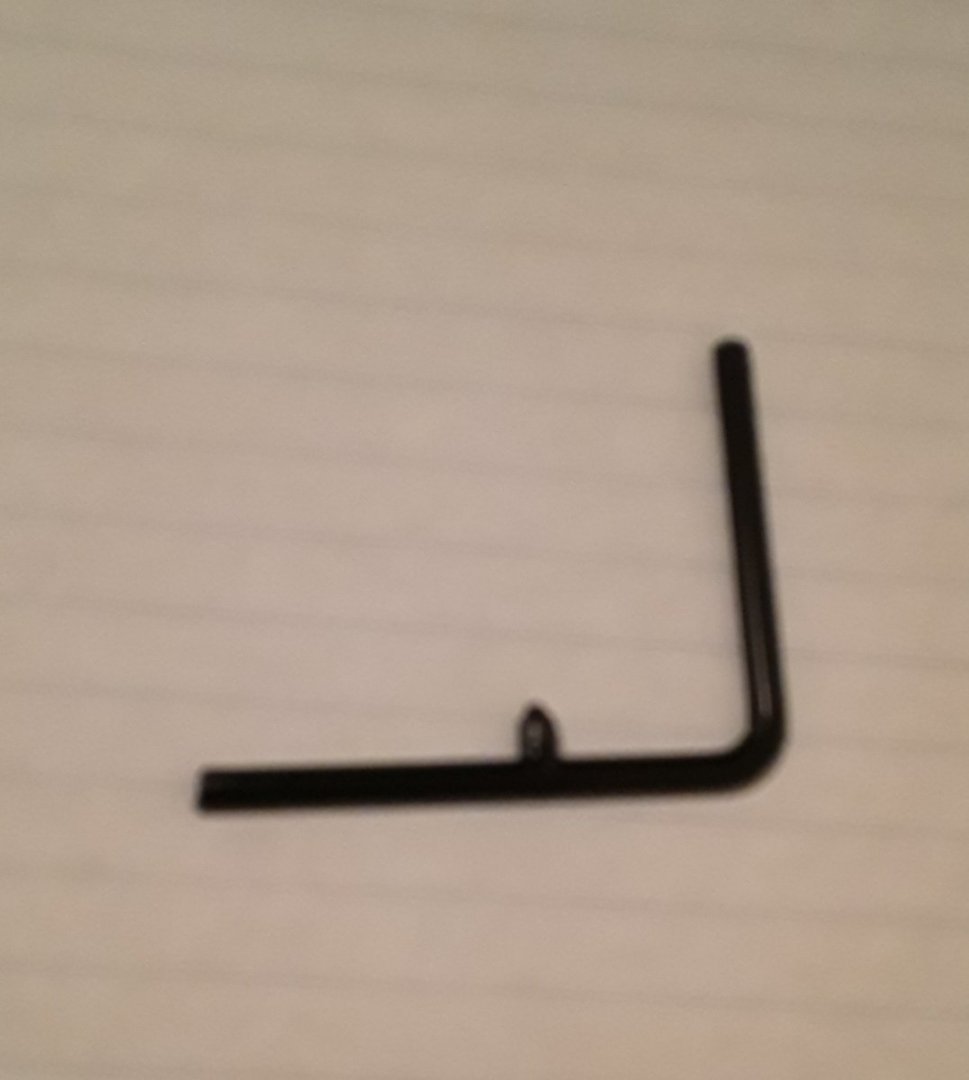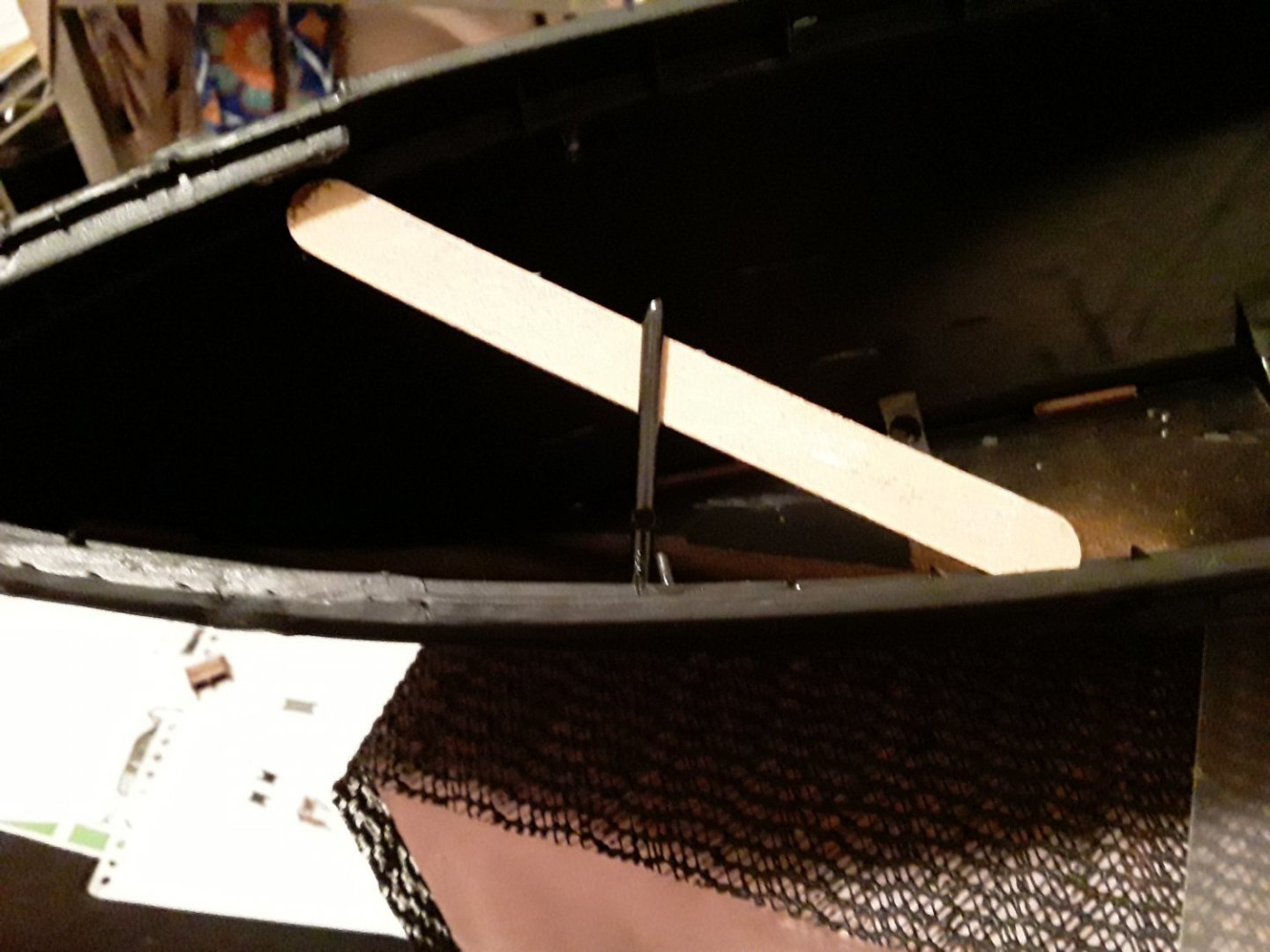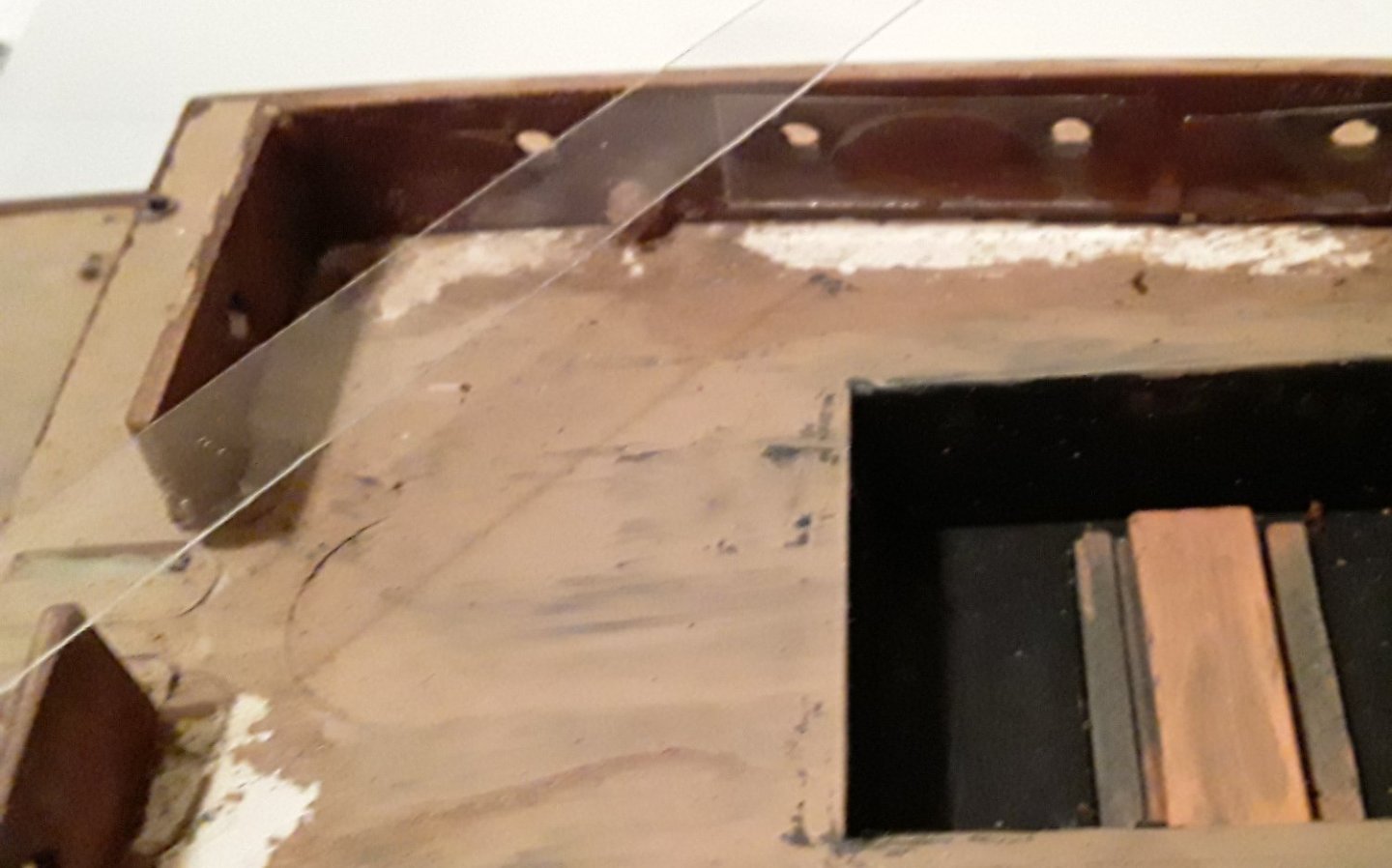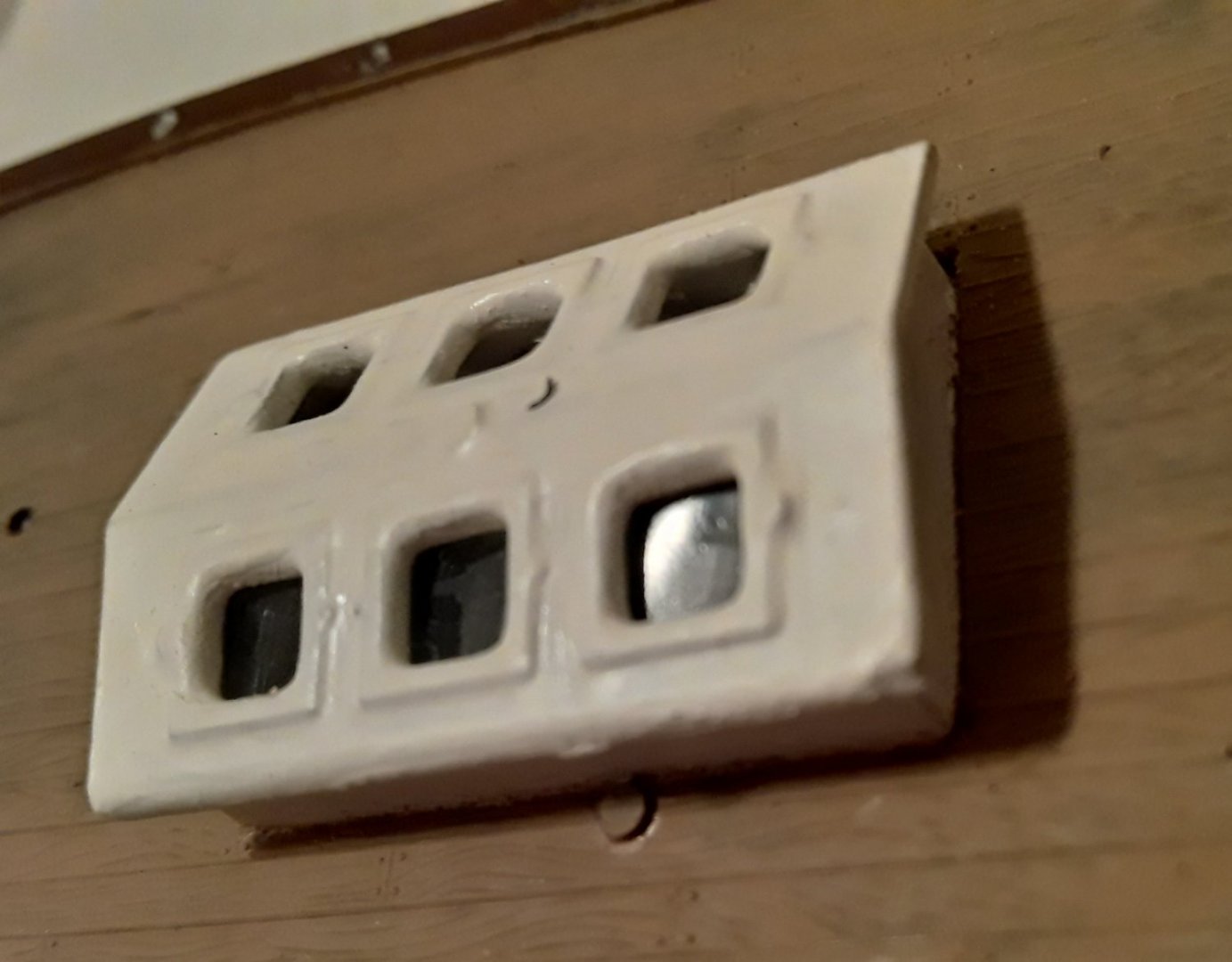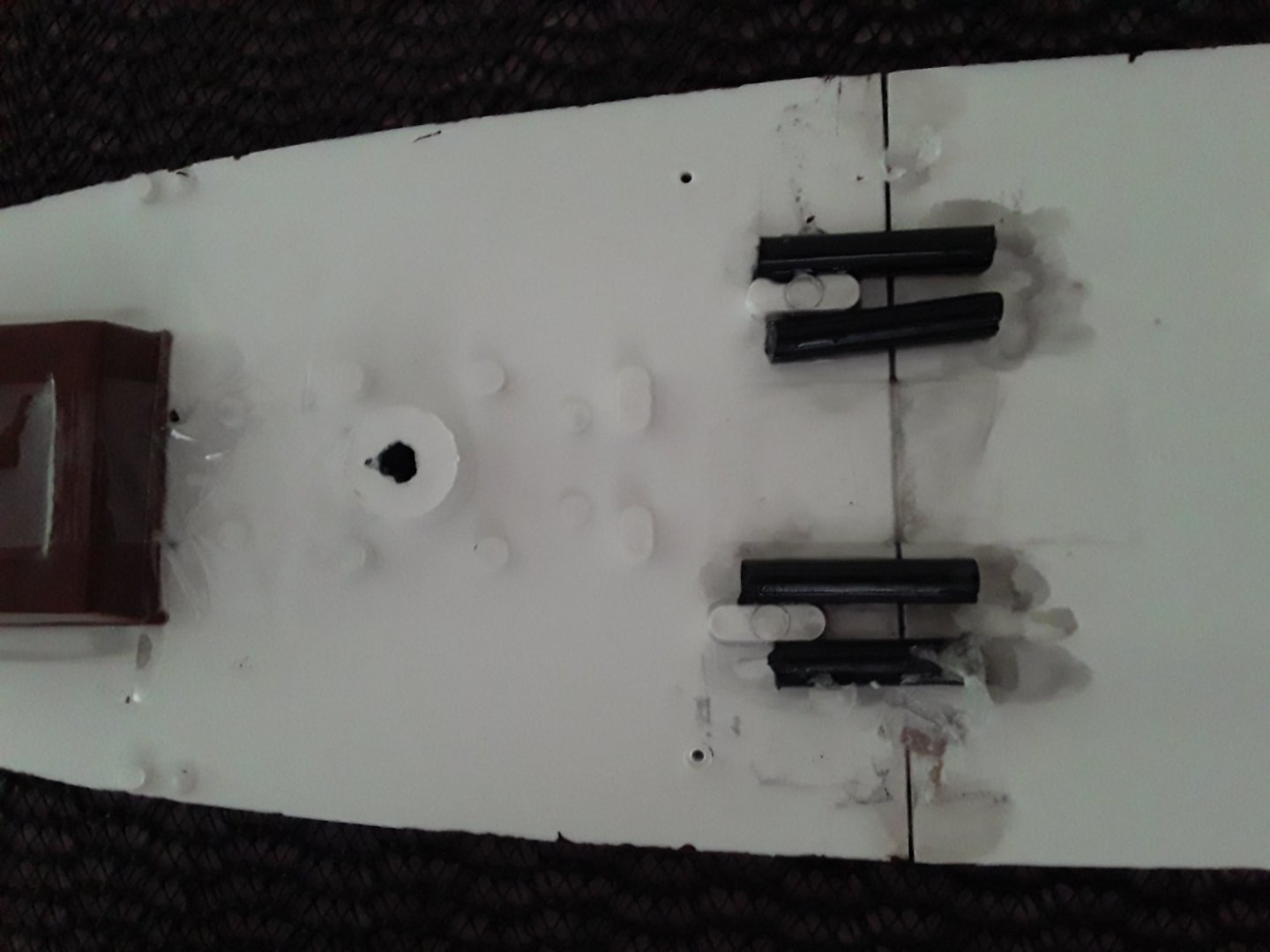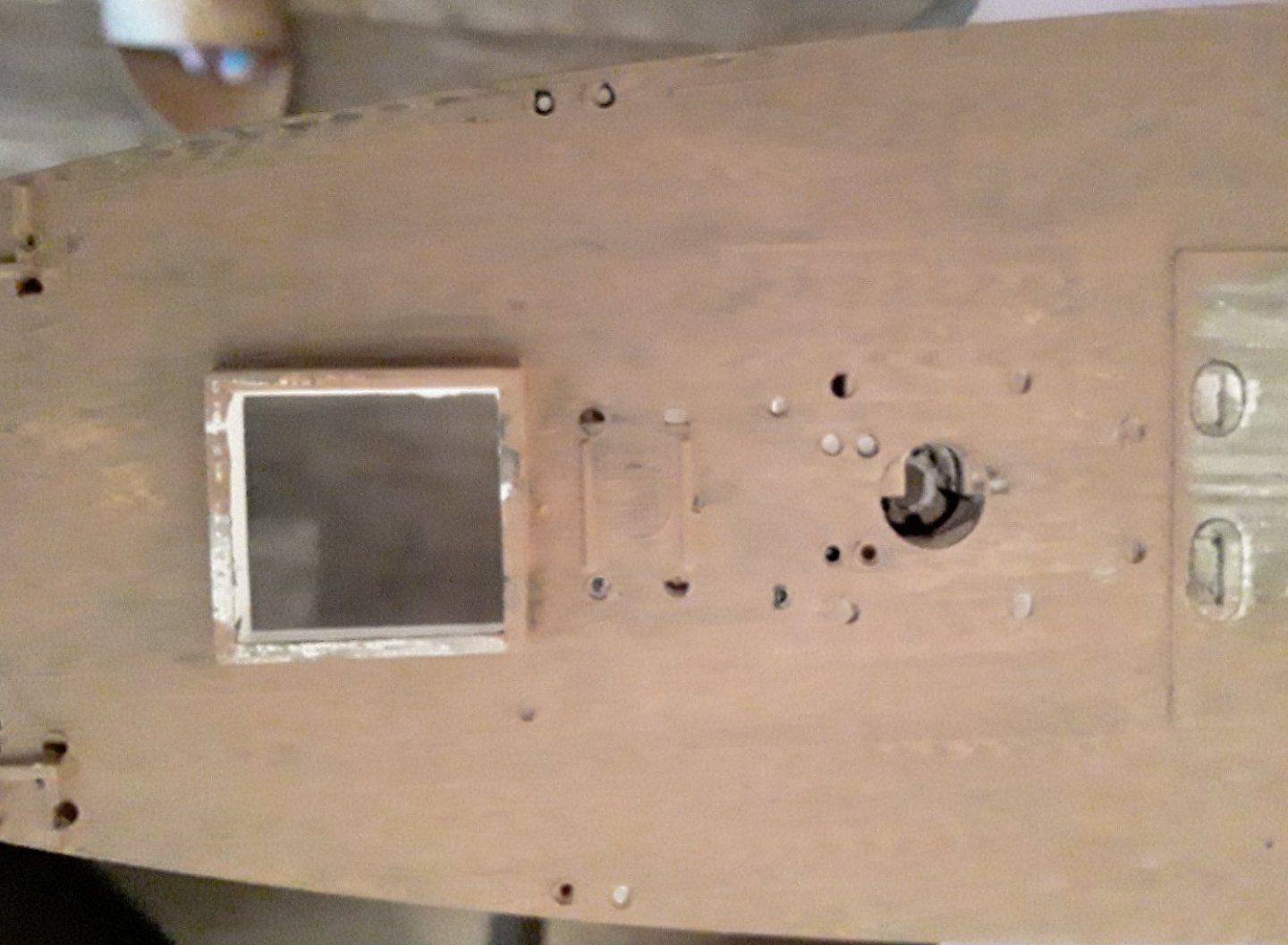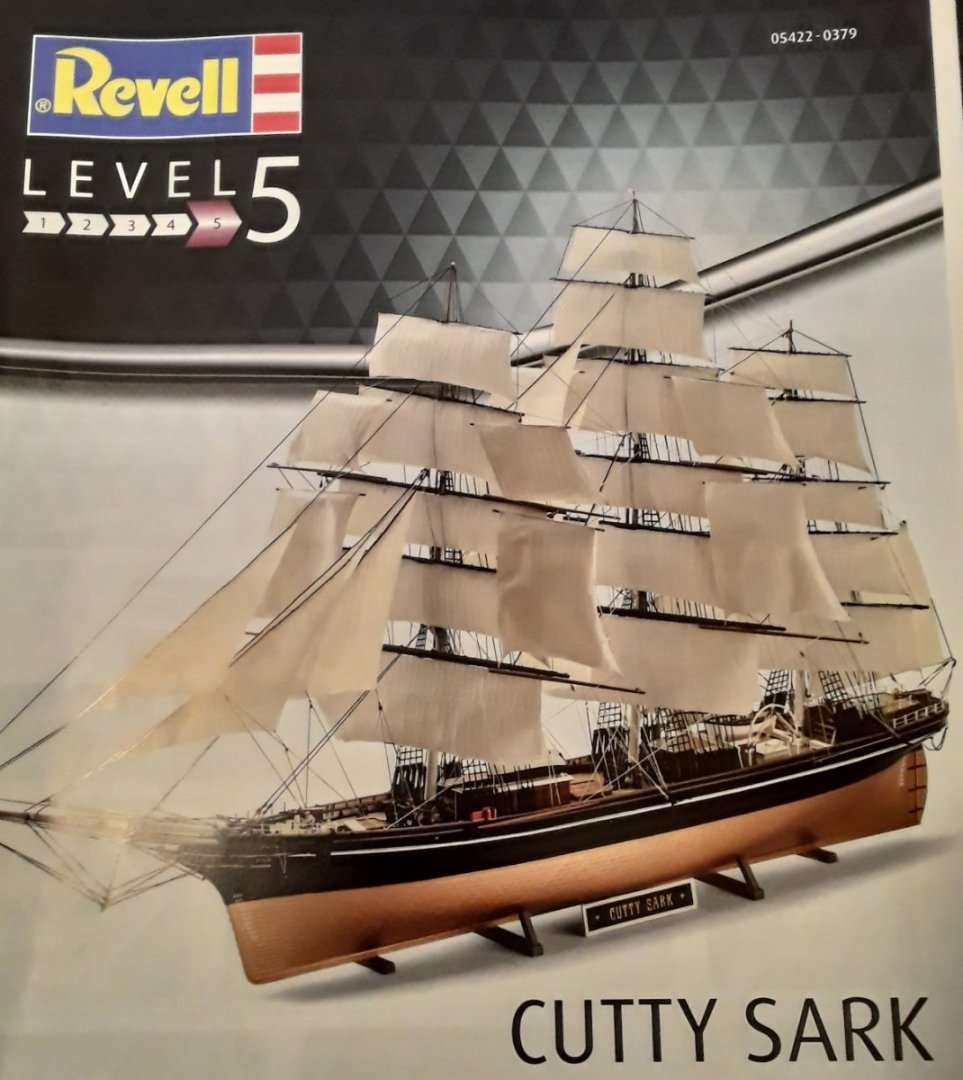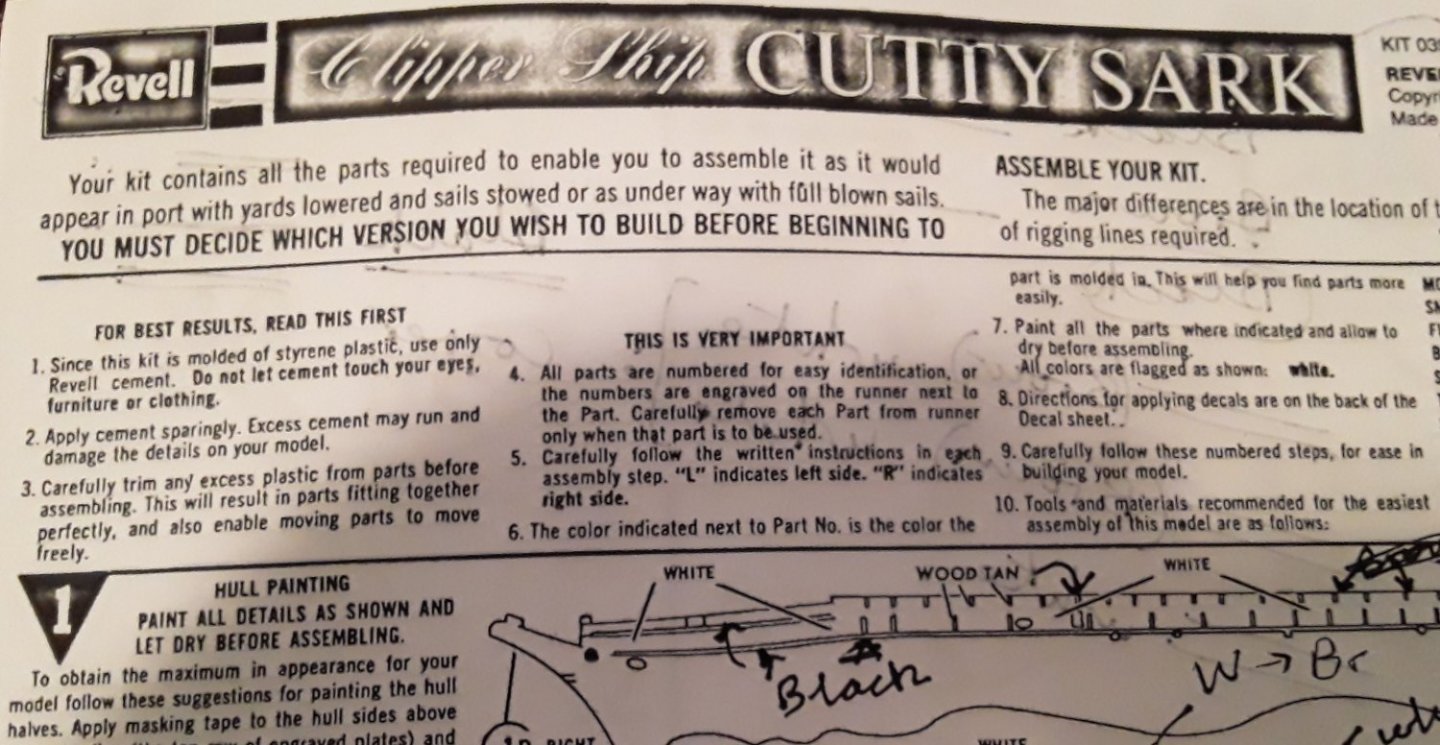
Simon 707
Members-
Posts
17 -
Joined
-
Last visited
About Simon 707
- Birthday 09/30/1959
Profile Information
-
Gender
Male
-
Location
San Francisco
-
Interests
Knowledge, history, science, literature.....
Contact Methods
-
Yahoo
Simonjwray@yahoo.com
Recent Profile Visitors
-
Making progress, so far I'm following the instructions fairly closely. I haven't attached the rudder yet, it seems to easy to break it off while working on the rest of the ship. 20220415_113956_150984991648196.mp4
- 14 replies
-
- Cutty Sark
- Revell
-
(and 2 more)
Tagged with:
-
Making progress, so far I'm following the instructions fairly closely. I haven't attached the rudder yet, it seems to easy to break it off while working on the rest of the ship. 20220415_113956_150984991648196.mp4
- 14 replies
-
- Cutty Sark
- Revell
-
(and 2 more)
Tagged with:
-
 Cirdan reacted to a post in a topic:
Cutty Sark by Simon - Revell - 1:96 - PLASTIC
Cirdan reacted to a post in a topic:
Cutty Sark by Simon - Revell - 1:96 - PLASTIC
-
 Cirdan reacted to a post in a topic:
Cutty Sark by Simon - Revell - 1:96 - PLASTIC
Cirdan reacted to a post in a topic:
Cutty Sark by Simon - Revell - 1:96 - PLASTIC
-
 shipman reacted to a post in a topic:
Cutty Sark by Simon - Revell - 1:96 - PLASTIC
shipman reacted to a post in a topic:
Cutty Sark by Simon - Revell - 1:96 - PLASTIC
-
 shipman reacted to a post in a topic:
Cutty Sark by Simon - Revell - 1:96 - PLASTIC
shipman reacted to a post in a topic:
Cutty Sark by Simon - Revell - 1:96 - PLASTIC
-
I'm using a thread of cotton to preserve every hole. For example, if the bow spit hole was closed with paint, I would have a problem.
- 14 replies
-
- Cutty Sark
- Revell
-
(and 2 more)
Tagged with:
-
I've had an idea (always a risky thing) to make rigging a little easier. Before I install the eyes into the deck, I'm going to put a loop of ordinary cotton through them. When I come to rigging, I can use it as a draw string. I tested it and using ordinary wood glue and twisting them together. When dry, it pulls through quite easily.
- 14 replies
-
- Cutty Sark
- Revell
-
(and 2 more)
Tagged with:
-
- 14 replies
-
- Cutty Sark
- Revell
-
(and 2 more)
Tagged with:
-
 ccoyle reacted to a post in a topic:
Cutty Sark by Simon - Revell - 1:96 - PLASTIC
ccoyle reacted to a post in a topic:
Cutty Sark by Simon - Revell - 1:96 - PLASTIC
-
 ccoyle reacted to a post in a topic:
Cutty Sark by Simon - Revell - 1:96 - PLASTIC
ccoyle reacted to a post in a topic:
Cutty Sark by Simon - Revell - 1:96 - PLASTIC
-
 ccoyle reacted to a post in a topic:
Cutty Sark by Simon - Revell - 1:96 - PLASTIC
ccoyle reacted to a post in a topic:
Cutty Sark by Simon - Revell - 1:96 - PLASTIC
-
 shipman reacted to a post in a topic:
Cutty Sark by Simon - Revell - 1:96 - PLASTIC
shipman reacted to a post in a topic:
Cutty Sark by Simon - Revell - 1:96 - PLASTIC
-
 shipman reacted to a post in a topic:
Cutty Sark by Simon - Revell - 1:96 - PLASTIC
shipman reacted to a post in a topic:
Cutty Sark by Simon - Revell - 1:96 - PLASTIC
-
 shipman reacted to a post in a topic:
Cutty Sark by Simon - Revell - 1:96 - PLASTIC
shipman reacted to a post in a topic:
Cutty Sark by Simon - Revell - 1:96 - PLASTIC
-
- 14 replies
-
- Cutty Sark
- Revell
-
(and 2 more)
Tagged with:
-
Tip I've learnt to see a use in anything. I used soup cans to support the hull while painting it. I had one of those impossible to open plastic cases on a gadget but the plastic is perfect for glass in windows. Wooden clothes pegs hold small parts while painting.
- 14 replies
-
- Cutty Sark
- Revell
-
(and 2 more)
Tagged with:
-
I tried dry fitting the deck and found that it is a little short. Aft is good and I hope that the forecastle deck will cover the gap. To give extra support to the bow, I'm trying a cross brace, I plan to extend the other support points similarly. The emery board is temporary to give support at the right height. I will do the same from the other side and loosely join them with cotton since I don't know the exact gap.
- 14 replies
-
- Cutty Sark
- Revell
-
(and 2 more)
Tagged with:
-
I used plastic from a packaging case to give the impression of glass windows. I had to use superglue to attach it.
- 14 replies
-
- Cutty Sark
- Revell
-
(and 2 more)
Tagged with:
-
Deviation The bow spit comes in halves. I used plastic putty to fill the hollow and so strength the part. I changed the sequence of steps for the deck. I followed the instructions as far as cementing the deck in place. Before I fixed it, I installed the "buildings" and cleaned all of the other holes. It helped by having direct access to both sides.
- 14 replies
-
- Cutty Sark
- Revell
-
(and 2 more)
Tagged with:
-
First Hint The surface area for glue between the deck sections is relatively small and so I reinforced the joints with some scrap plastic. Not very elegant but it works. Flat strips would have been better but not all plastics work with my glue.
- 14 replies
-
- Cutty Sark
- Revell
-
(and 2 more)
Tagged with:
-
First Mistake The deck comes in three sections. I tried to hide the joins but I made a mistake. For my copy of the kit , the deck sections are not EXACTLY the same thickness. I worked from the underside to get a flush join but I found that the topside was a fraction off. I have clamps with flat grips and, next time, I will use a little padding on the inside to account for any variation and then concentrate on making the topside flush.
- 14 replies
-
- Cutty Sark
- Revell
-
(and 2 more)
Tagged with:
-
The first good thing is that it took a month for my kit ro travel from the Netherlands to me. At first I was unhappy to have to wait but I now realise that it was a good thing. If Amazon had delivered it the next day I would have jumped straight in, as it was, I’ve spent the month reading everything I could find online. I realised that I was taking on a serious project and collected a lot of good advice. My first discovery is that there isn’t a ‘correct” colour scheme. The actual colours changed over the years and so it’s a matter of selecting a style and following it. Lets start To get the deck colour I started with a black wash and then applied a Beige coat but let the black show through.
- 14 replies
-
- Cutty Sark
- Revell
-
(and 2 more)
Tagged with:
-
I have just started the Revell Cutty Sark 1/96 model. There are several excellent build logs already available and so I plan to focus more on tips and especially the mistakes I will make. If I don’t mention a step , it’s because I followed the vanilla instructions and have nothing of value to add. I have made many paper, wood and Lego models over the past years but its been many years since I last built a plastic model. I am working from the latest instructions, enhanced by the 1987/88 version. I am also following a couple of the existing build logs I found here.
- 14 replies
-
- Cutty Sark
- Revell
-
(and 2 more)
Tagged with:
About us
Modelshipworld - Advancing Ship Modeling through Research
SSL Secured
Your security is important for us so this Website is SSL-Secured
NRG Mailing Address
Nautical Research Guild
237 South Lincoln Street
Westmont IL, 60559-1917
Model Ship World ® and the MSW logo are Registered Trademarks, and belong to the Nautical Research Guild (United States Patent and Trademark Office: No. 6,929,264 & No. 6,929,274, registered Dec. 20, 2022)
Helpful Links
About the NRG
If you enjoy building ship models that are historically accurate as well as beautiful, then The Nautical Research Guild (NRG) is just right for you.
The Guild is a non-profit educational organization whose mission is to “Advance Ship Modeling Through Research”. We provide support to our members in their efforts to raise the quality of their model ships.
The Nautical Research Guild has published our world-renowned quarterly magazine, The Nautical Research Journal, since 1955. The pages of the Journal are full of articles by accomplished ship modelers who show you how they create those exquisite details on their models, and by maritime historians who show you the correct details to build. The Journal is available in both print and digital editions. Go to the NRG web site (www.thenrg.org) to download a complimentary digital copy of the Journal. The NRG also publishes plan sets, books and compilations of back issues of the Journal and the former Ships in Scale and Model Ship Builder magazines.


